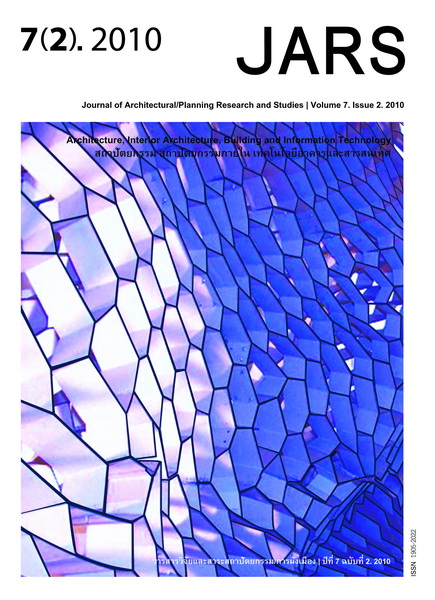Guide to Imagework: Imagination-Based Research Methods
Main Article Content
Abstract
We are immersed in imagery. We have images of ourselves and images that we portray to the world. We rehearse future action and decision
by imagining how things would be if we did this or that. …We can read intensity of mental imagery as compelling us to act, believe ourselves in love
or to be at one with the divine.
Dr. Iain R. Edgar – an expert in the anthropology of the imagination – uses the above statement to convince readers of the importance of imagery
and introduce a new approach of qualitative social science research, called imagework. The imagework approach is defined as “an active process in which
the person ‘actively imagining’ lets go of the mind’s normal train of thoughts and images and goes with
a sequence of imagery that arises spontaneously from the unconscious” (Edgar, 2004, p. 7). Edgar
strongly believes that imagery influences us in all activities we create, and imagework can discover
and evoke our hidden knowledge and self-identities in a way that other methods in social sciences cannot.
Downloads
Article Details

This work is licensed under a Creative Commons Attribution-NonCommercial-NoDerivatives 4.0 International License.
All material is licensed under the terms of the Creative Commons Attribution 4.0 International (CC-BY-NC-ND 4.0) License, unless otherwise stated. As such, authors are free to share, copy, and redistribute the material in any medium or format. The authors must give appropriate credit, provide a link to the license, and indicate if changes were made. The authors may do so in any reasonable manner, but not in any way that suggests the licensor endorses you or your use. The authors may not use the material for commercial purposes. If the authors remix, transform, or build upon the material, they may not distribute the modified material, unless permission is obtained from JARS. Final, accepted versions of the paper may be posted on third party repositories, provided appropriate acknowledgement to the original source is clearly noted.


